Humans have always sought shelter in tents since way back in 40,000 B.C. (yeah, they’re that old) and as it evolved and its innovations made massive leaps through the centuries, they now come in many different shapes and sizes.
They’re all built for different uses, and here’s a look at what some of the most popular ones look like, and what they do.
1. Ridge / A-frame tents – For the solo campers
Ridge tents are basically every kid’s drawing of a tent. As a successful artist myself, here’s my drawing of a ridge tent:
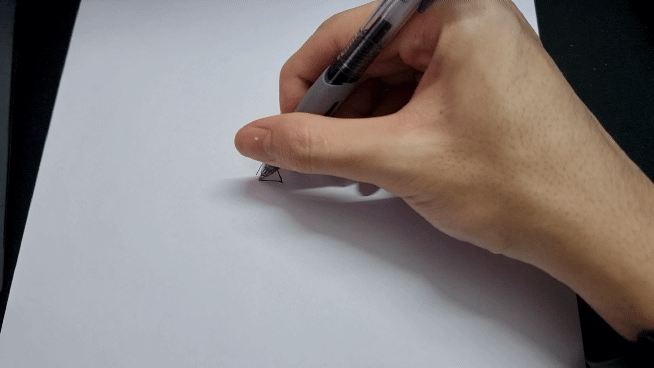
Okay, for real. The name “ridge tent” speaks for itself; a cross pole, called a ridge, stretches across the length of the tent which holds up the roof. While this simple design is surprisingly stable, ridge tents are heavy and bulky when packed, and lack headspace which makes it less than ideal for family trips.
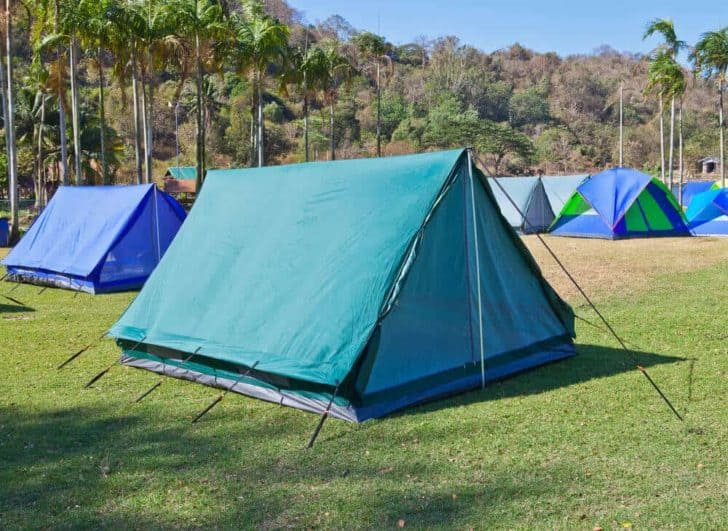
However, they’re great options for solo travellers who ain’t planning on spending much time inside.
Tldr:
Pros:
- Stable
- Pretty easy setup
- Good option for solo travellers
Cons:
- Less storage space
- Less headroom
- Heavy and bulky when packed
2. Dome tents – The most common tent you can find
What is perhaps the most popular in the market, dome tents come with 2 poles crossing over each other, where their ends go into the tent’s floor forming a square base.
What’s great about this design is that it stays up without any need for stakes or guylines, and offers a larger headspace. Their capacity can range from a single person to up to a whopping 8-person capacity all while being lightweight.
The downside? Their lighter weight makes them more likely to be blown away or flattened, and tend to catch wind.
Pros:
- Larger headspace
- Can go up to 8-person capacity
- Lightweight, easy to carry
- Some models are freestanding
Cons:
- Gets less stable as they scale up in size
- More likely to be blown away or flattened
- Catches wind more often
3. Pop-up / Instant tents – Hassle-free, super quick setup
Just like our favourite instant noodles, instant or pop-up tents are designed to be time savers. Here’s an example of a pop-up tent with our very own TAHAN Weekender Tent, which features a dome structure and what I’d like to call an umbrella configuration.
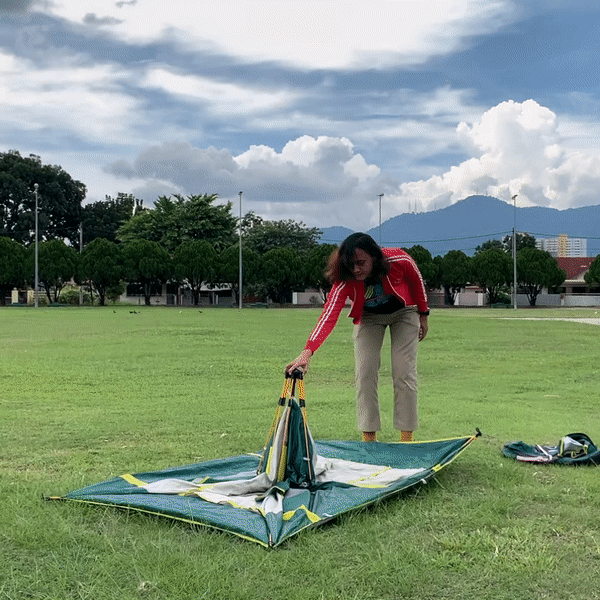
Some pop-up tents also come with spring-coiled configurations, where you can twist to fold them. In some cases, you can even unleash the spring by throwing the whole thing into the air, and watch the tent literally pop up.
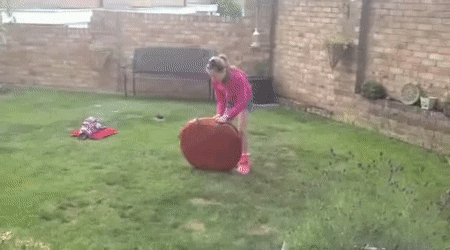
While these pop-up or instant tents come with different designs, they all share the same intention – to make setting up really easy. Too easy, in fact.
While older models aren’t suitable for stronger weathers, many improvements through the years have made pop-up tents more reliable in harsh weather conditions (to an extent, of course). They’re great options for beachside camping (especially festivals), backyard camping and such, but not the best for when you’re up high in the mountains.
Pros:
- Hassle-free, near instant setup
- Lightweight and portable when packed
- Decent weatherproofing, although not the best
- Freestanding
- Ideal for beachside, backyard and casual camping
Cons:
- Prone to condensation
- May lack space depending on model
4. Geodesic or Semi-Geodesic Tents – More stable than your income
Geodesic tents can be easily recognized for their golf ball-looking shape and honestly, they look more like actual domes than dome tents. Am I right or am I tripping?
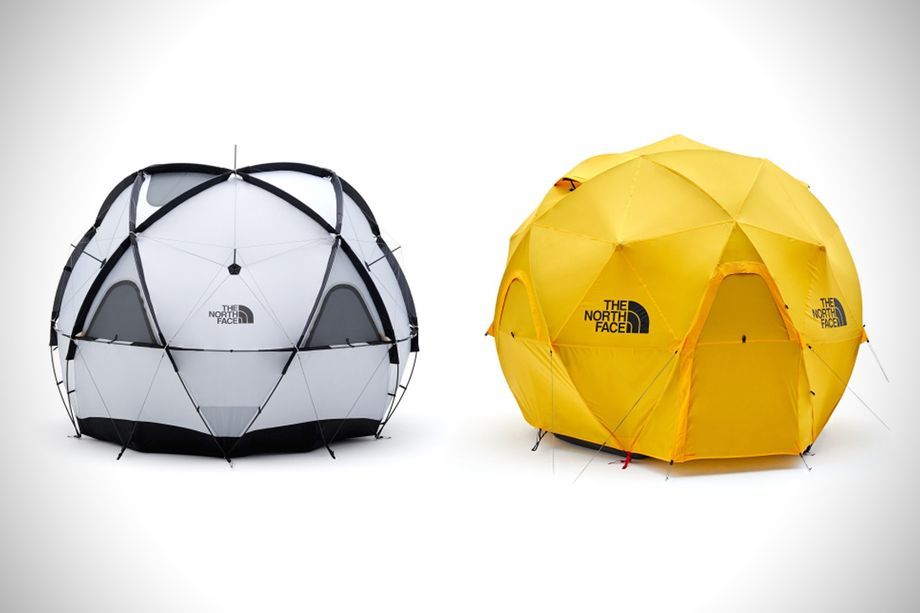
Oh, and here’s how a semi-geodesic tent looks like ‘cause I really have no idea how to describe it.
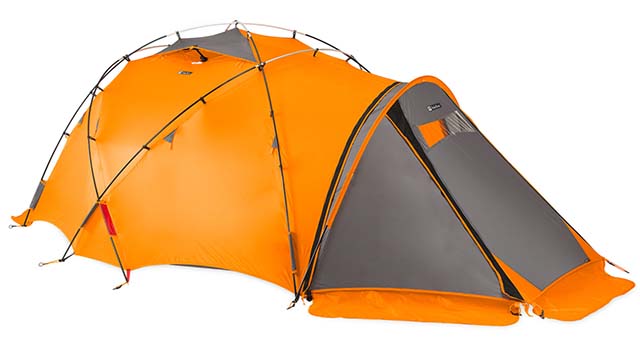
What’s unique about these tents are that they are essentially dome tents on steroids – they have multiple criss-crossing poles, creating triangles and hexagons that came straight out of a Math class. These poles distribute the stress across the structure, giving them an extremely stable structure, allowing them to withstand extremely strong winds.
And just like Math, pitching is complicated. There’s also not many options available and can get pretty pricey. But at least you’ll have a giant golf ball!
As for Semi-Geodesics, they’re slightly less complicated but also less weather-resistant compared to their purer cousins.
Pros:
- Very sturdy
- Can withstand really bad weather
- Freestanding
Cons:
- Difficult to pitch
- Pricey
- Not many options available
5. Tunnel tents – the “light at the end of the tunnel” simulator
Tunnel tents are essentially a caterpillar-looking, tunnel-like design that are made up of 2 or more curved poles for a consistent overhead height, all of which are connected by the tent fabric. So that means good headroom, and a large space.
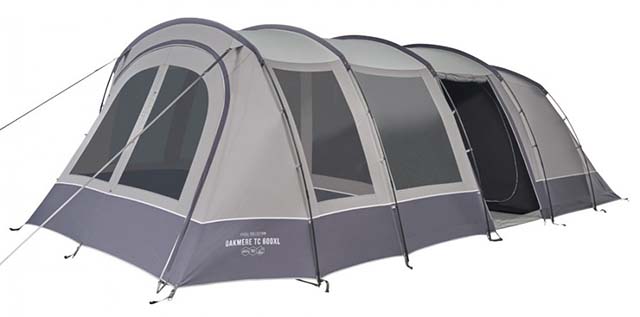
Hehe, if you close off all entrances and windows and leave one open at the end, it’s quite literally a light at the end of the tunnel.
This design allows for multiple rooms fitting up to 6 people total, making them good options for family camping. But because of the separated poles, tunnel tents are prone to sagging and tend to collect water in the middle.
Pros:
- Lightweight
- Very stable (if pitched right)
- Spacious
- Large vestibule area
- Lots of headroom
Cons:
- Prone to sagging and may collect water in the middle
- Not the best against strong winds
- Difficult to pitch solo
- Not freestanding
6. Inflatable tents – Don’t worry, they don’t explode
It’s pretty self-explanatory. Instead of metal poles, these tents are supported by air beams. So that means you’ll need either an air pump or someone with a lung capacity so large they can do a 10-second long snore in one breath.
Look wise, they come in all kinds of shapes, but the key similarity between them is obviously, the air tubes.
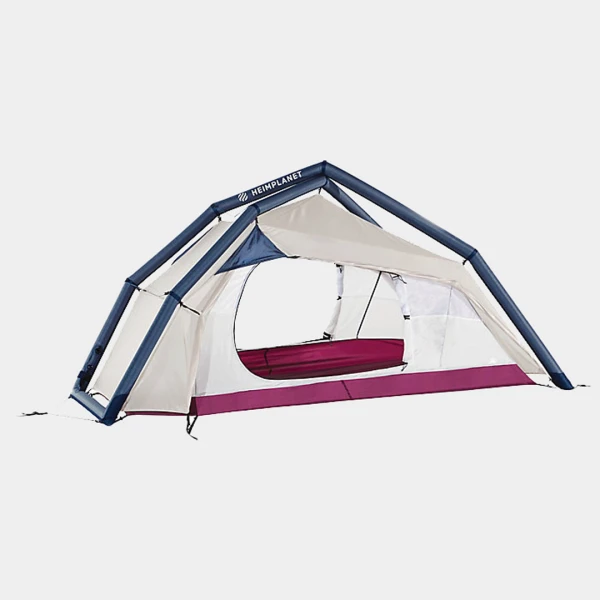
They’re really easy to set up but because of the air tubes, you gotta move the whole tent in one go and that’s gonna be HEAVY.
So yeah, easy setup, super heavy.
Pros:
- Easy to inflate, easy to set up
- No metal poles
- Freestanding
Cons:
- Heavy and inconvenient to carry around
- Requires an air pump
- Not the best weatherproofing depending on model
If you’re new here, do follow us on Facebook, Instagram and Twitter to get the latest update on our products and campaign

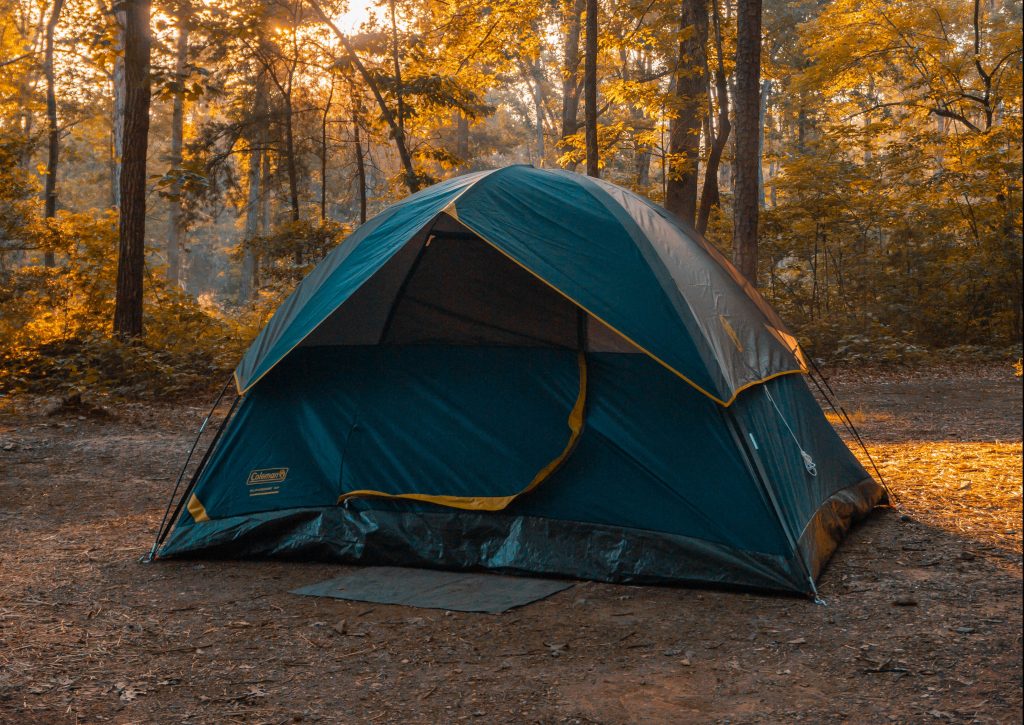
Shop Our Gears
Camp & Hike
TAHAN
COMBO
SLEEP SYSTEM
More tips that you might find useful:
12 Secrets to Getting Cheap Flights in Malaysia
马来西亚露营:户外探险综合指南
Camping in Malaysia: A Comprehensive Guide to Outdoor Adventures
Conquering Mount Kinabalu: A Hiker’s Guide to Malaysia’s Highest Peak
Camp Cooking Gear Guide – Build the Ultimate Camp Kitchen!
Top 5 Most Popular Campsites in Selangor
Ultimate Guide to Tropical Leisure Camping in Malaysia: TAHAN’s Top 5 Gear Picks
The Ultimate Guide to Hammock in Malaysia: Comfort, Adventure, and Relaxation